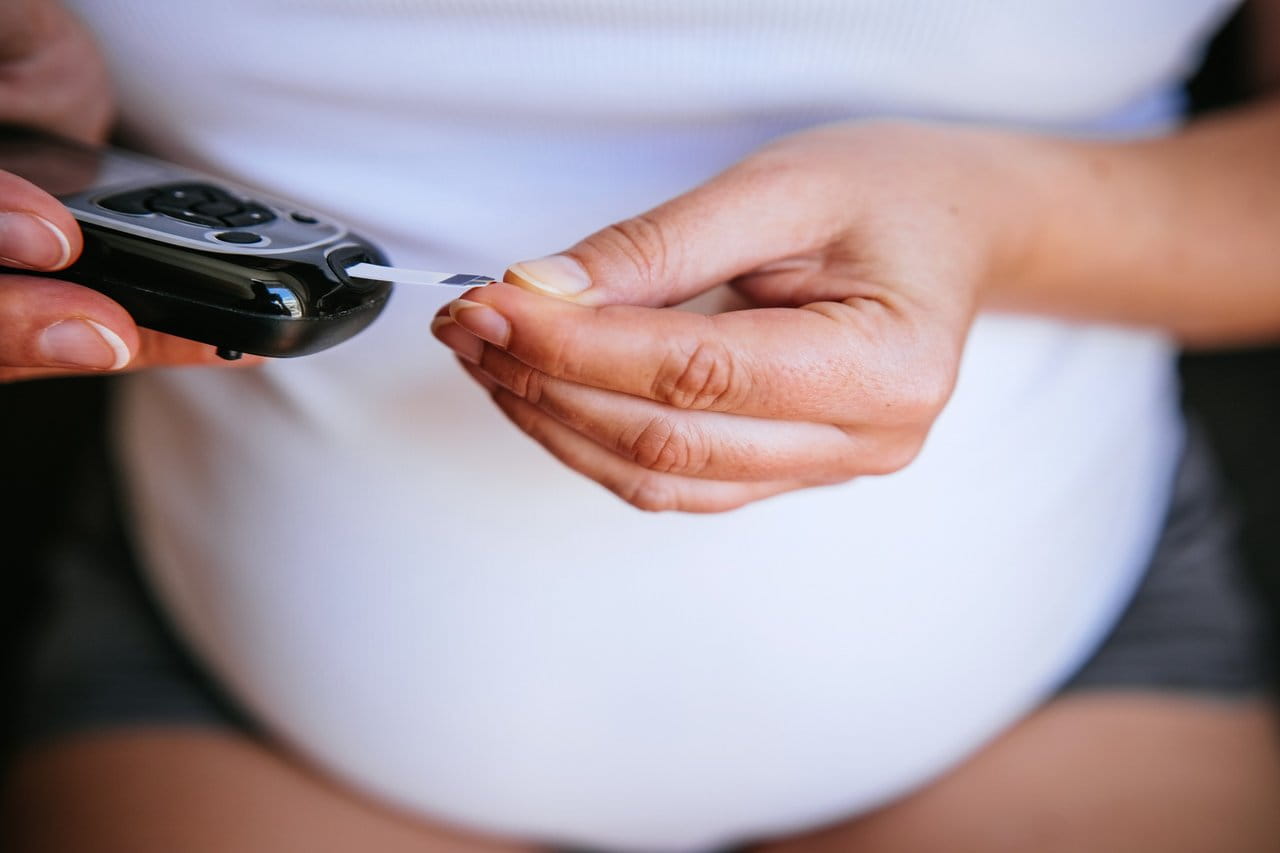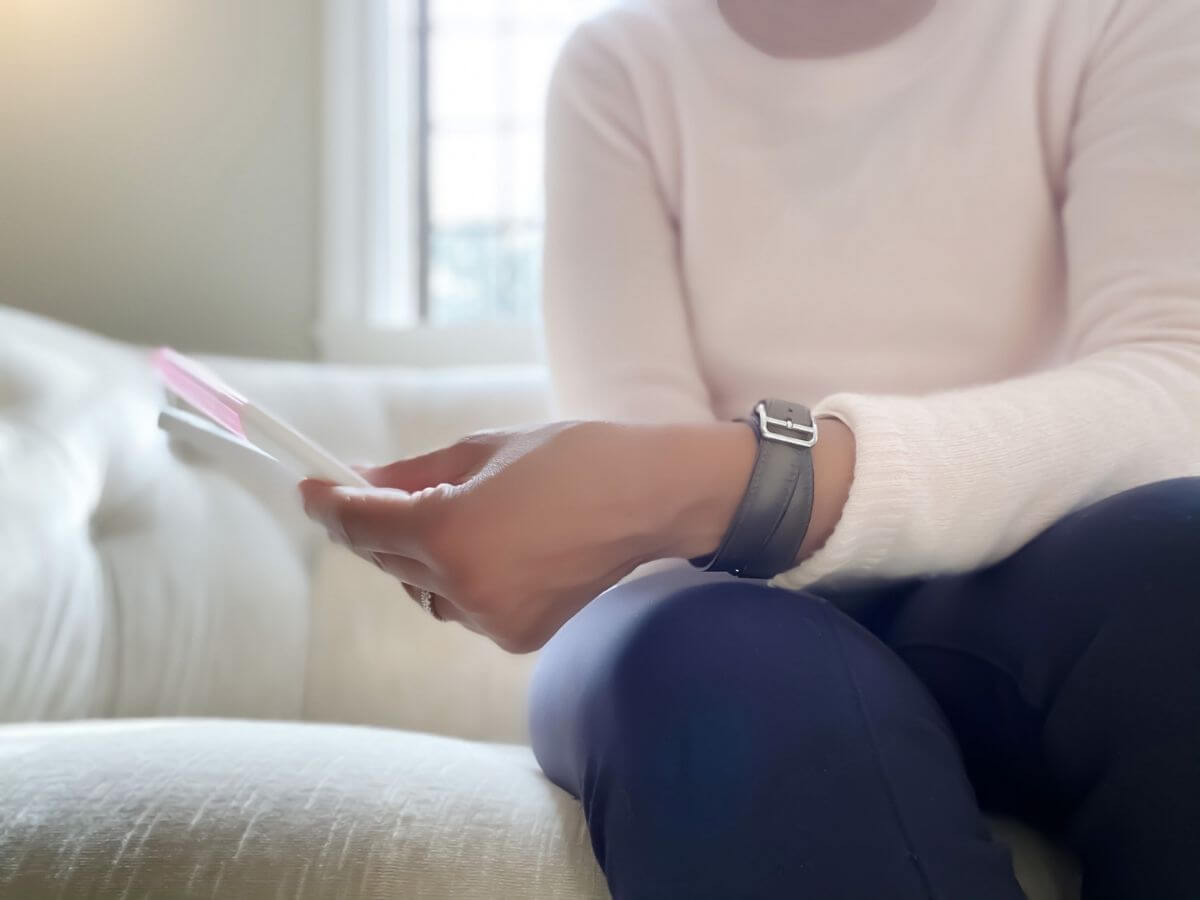How to Use an Ovulation Test

Clinically reviewed by Cindy Richardson, CMPE.
An ovulation test is a test you perform at home to determine when you’re most likely to be fertile. It detects an increase in luteinizing hormone (LH) that occurs before ovulation. For people trying to get pregnant, having sex at the right time in the menstrual cycle can increase their chances of conceiving.
Also referred to as ovulation predictor tests, ovulation kits, or OPK, these tests are available at most drugstores. They typically come with test sticks or paper strips.
When to Perform an Ovulation Test at Home
The average menstrual cycle is 28 to 32 days. Ovulation generally occurs between days 11 and 21. The odds of conceiving are highest if you have sex three days before you ovulate.
If your cycle is approximately 28 days, you should perform an ovulation test 10 to 14 days before starting your period. If your cycle is shorter or longer than average or variable, your doctor can help you determine the best time to take an ovulation test.
6 Steps for Using an Ovulation Test
Ovulation tests vary, so read the instructions carefully. But typically, you’ll take the following six steps:
- Unwrap a test stick and expose the absorbent tip.
- Insert the test stick into the holder. You should hear it click into place. The holder will indicate that the test is ready.
- Position the absorbent tip in your urine stream for 5 to 7 seconds. Or you can collect urine in a clean, dry container and then put the absorbent tip into the urine for 15 seconds.
- Keep the absorbent tip pointing downward for 20 to 40 seconds. When the device indicates the test is ready, replace the cap on the test stick and wipe off any excess urine.
- In approximately 3 minutes, the display will indicate either a positive or a negative result. If the result is unclear, you should repeat the process with a new stick.
- Eject the used test stick, wipe the holder, and wait for the display to clear before inserting a new stick and retaking the test.
Benefits and Drawbacks of Using Ovulation Tests at Home
Home ovulation tests can provide helpful information on ovulation timing. They’re readily available, convenient, easy to use, and 97% accurate at detecting surges in luteinizing hormone.
However, these tests do have certain limitations. For example, sometimes, an egg is not released following an LH surge. The tests also aren’t as effective in women over 40 since they may have high LH levels as they approach menopause. Women taking fertility drugs may also get inaccurate results. And the tests can be expensive, so that’s another consideration.
Learn About Maternity Care Services at Baptist Health
If you’re pregnant or planning to become pregnant, keep in mind that Baptist Health offers world-class maternity care. Learn more about our services today.
Next Steps and Useful Resources
How to Increase the Chances of Getting Pregnant
When Does Menopause Start?
Types of Fertility Treatments



